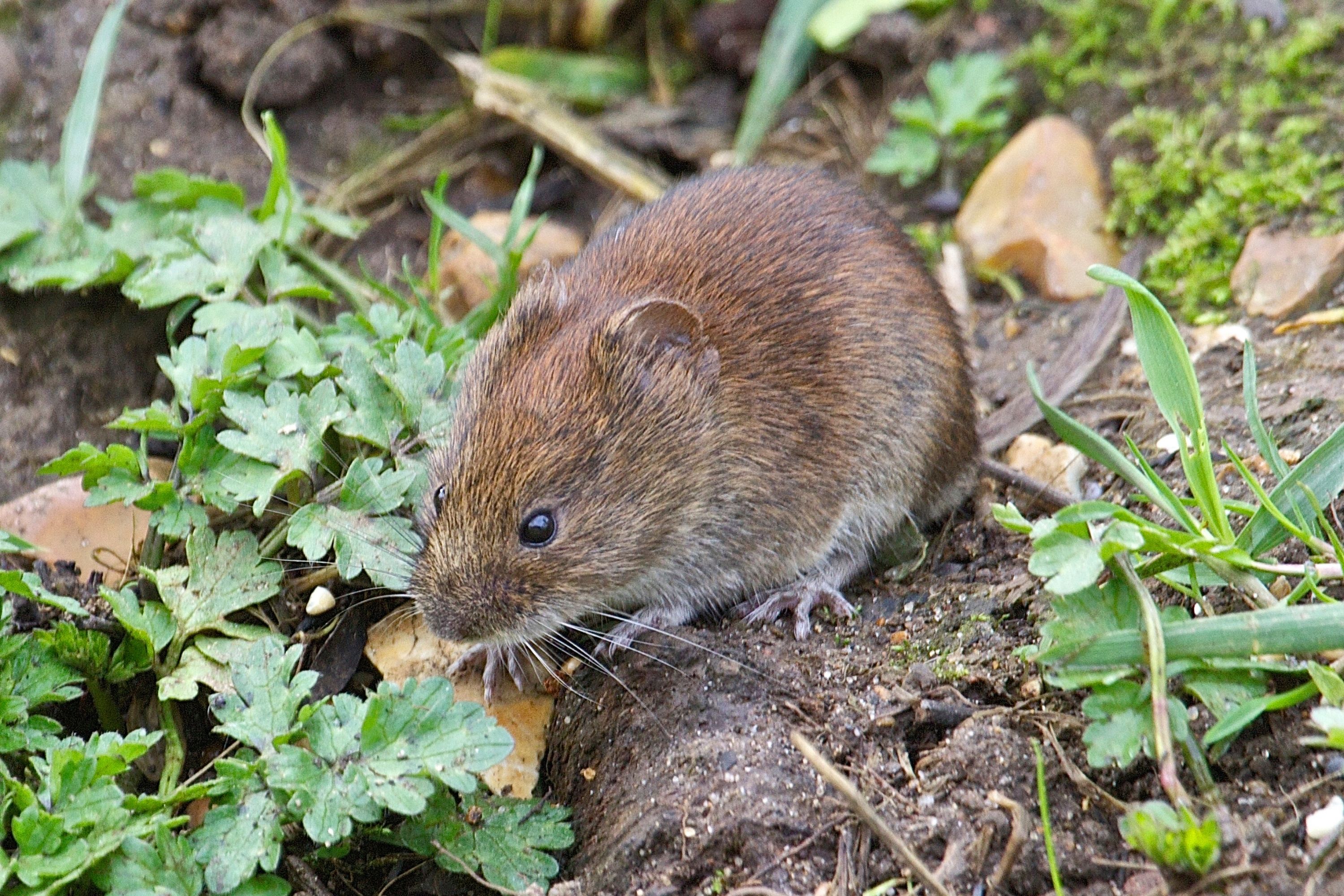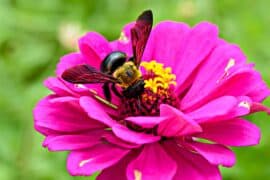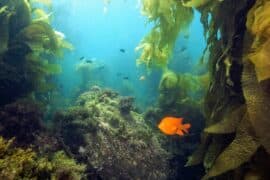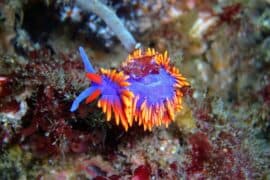Red tree vole
(Arborimus longicaudus)

Description
The red tree vole (Arborimus longicaudus) is a rodent of the Pacific Northwest, found in the US states of Oregon and California. They were formerly known as Phenacomys longicaudus and have also been called the red tree mouse. The red tree vole is a rodent in the family Cricetidae. It is found only in coastal forests of Oregon and northern California. They exclusively eat the needles of conifers, primarily Douglas-fir (Pseudotsuga menziesii), though they have occasionally been reported to eat the needles of Sitka spruce (Picea sitchensis). Red tree voles are about 6-8 in long, including the tail. When they are young they exhibit a dull brown coat and develop a more reddish color with age. They are nocturnal and very difficult to see, but they can be detected by finding piles or wads of these resin ducts on the ground. Red tree voles live almost exclusively in Douglas-fir trees, though they have occasionally been found in Sitka spruce and western hemlock (Tsuga heterophylla). They sometimes spend their lives in just one tree, and in very large trees with complex structure many generations can live in different parts of the same tree. Red tree voles have been shown to have a home-range averaging around 800 m2, though this area is somewhat smaller in old forest (<80 years) and larger in young forest. Within this home-range they can have nests in up to 6 different trees, although 2 nests are average for females and 3 nests are average for males. When eating Douglas-fir needles, they carefully remove the fine resin ducts (which resemble coarse, straight hairs) along each edge of the needle, which then become a major component of their nests (see image below). As well as these resin ducts, their nests are composed of small Douglas-fir cuttings and their own scat. These nests are often built on or in large or epicormic branches, broken tops, cavities and split trunks, and are always within the live crown. Both sexes of red tree vole build nests, though the maternal nests are considerably larger. Red tree voles have small litters consisting of 1 to 4 offspring and a long gestation period of 28 days compared to other Microtines. Juveniles depend on their mothers for 47 to 60 days before complete independence. Females exhibit post-partum mating where they can breed within a few days of giving birth and it is common to find two separate litters living in the same nest.
Taxonomic tree:







